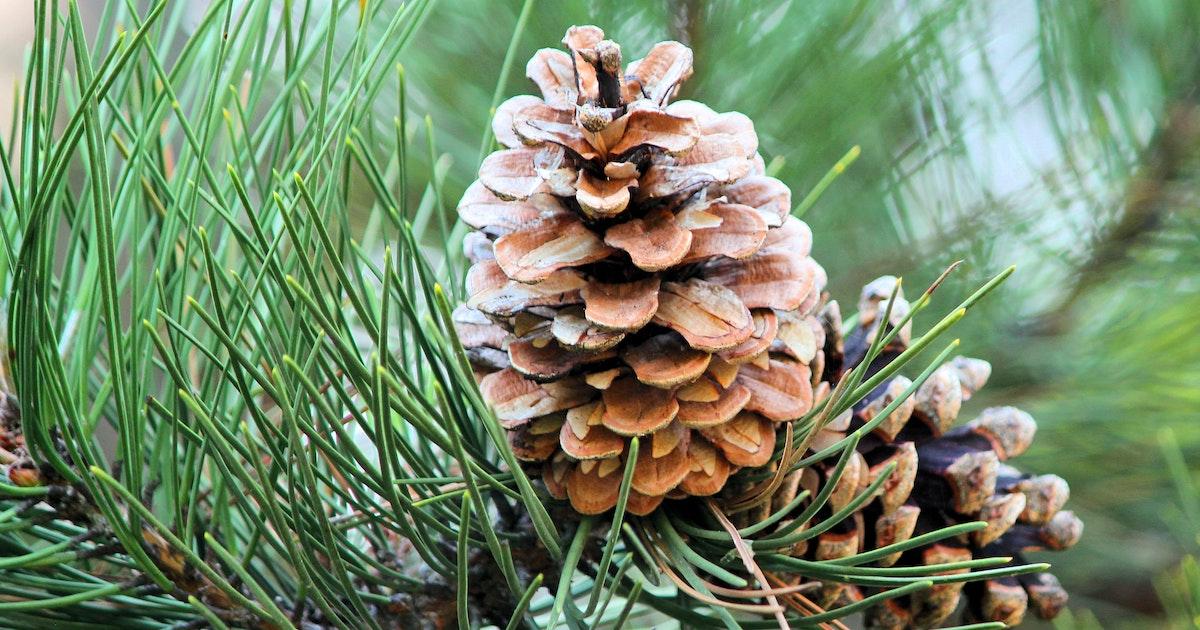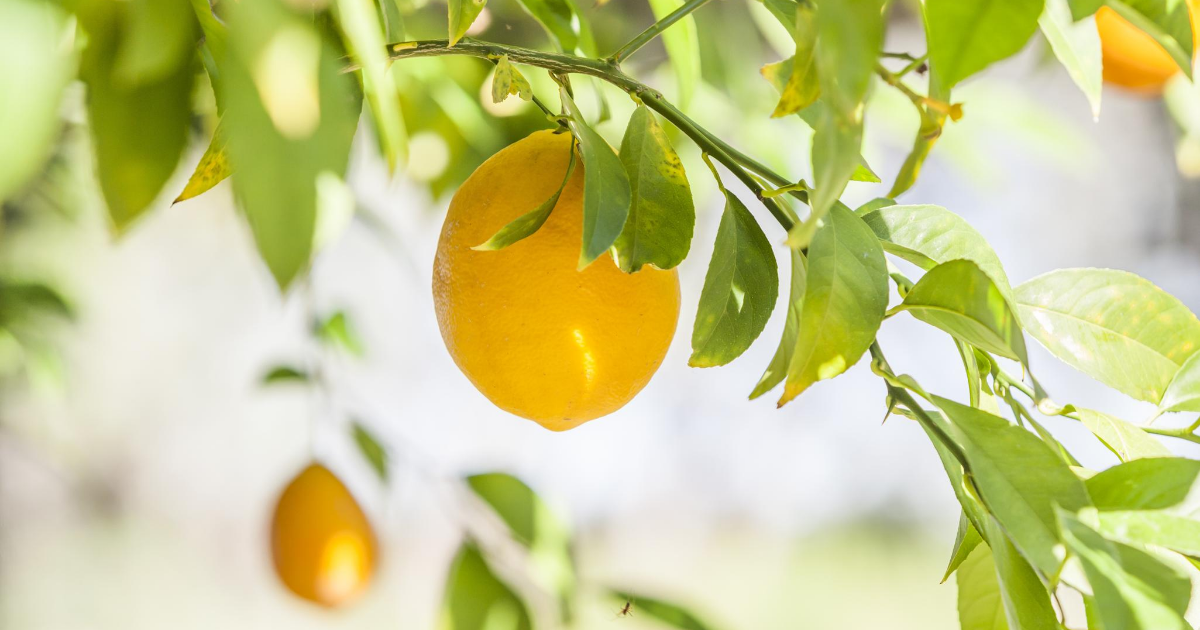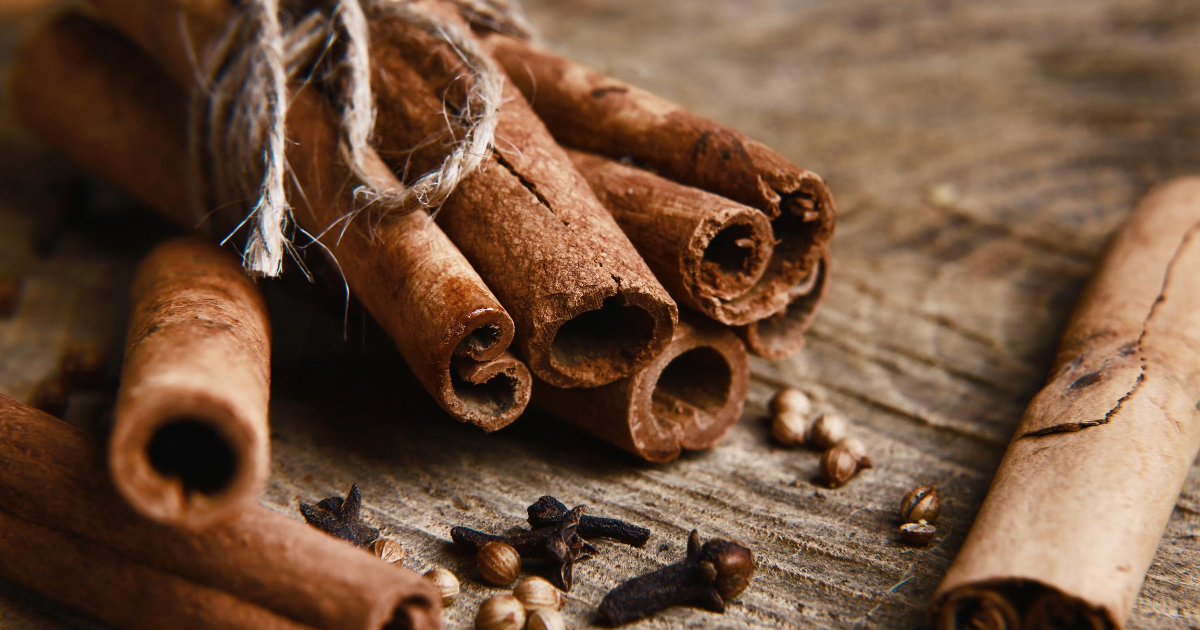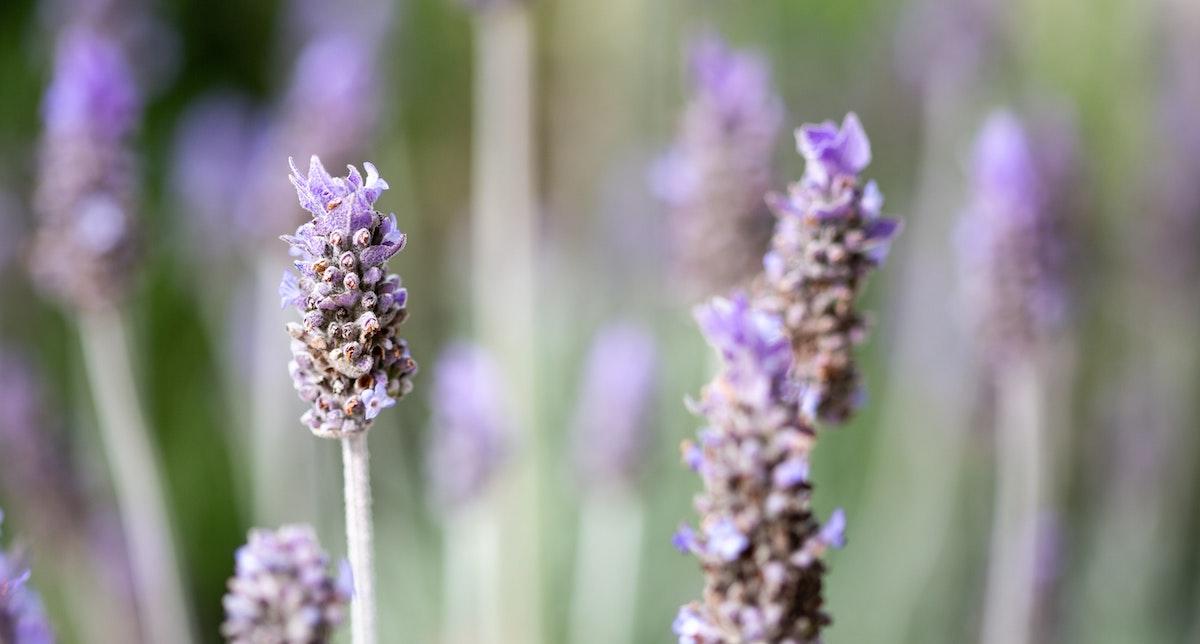What are terpenes and why are they important?
Do you enjoy the aromas and scents of cannabis? Terpenes are aromatic oils that are responsible for giving cannabis that skunky smell or sweet, fruity taste.
There are over 100 different types of terpenes that have been identified in the cannabis plant and even more in other consumer products such as perfumes, cleaning products, drinks, and food. It has been suggested that terpenes play a significant role in differentiating the effect of various cultivars, and there is ongoing research to see to what extent. The effects of cannabis may also be explained through the entourage effect, the theory that terpenes and cannabinoids work better synergistically.
Read on to learn about most common terpenes found in cannabis.
ALPHA / BETA-PINENE
Pinene is often utilized for its anti-inflammatory, neuroprotective, and antioxidant properties. Preclinical studies suggest that pinene may help with neurological support by enhancing your serotonin levels and allowing it to be a mood stabilizer, therefore, providing happy and euphoric effects. Some of these studies report that pinene affects the body's neurochemical balance by positively impacting the pathways through which the brain functions allowing for better memory retention among many other benefits. Its aromas consist of pine, woody, and earthy tones.

LIMONENE
Limonene is the second most common terpene found in cannabis and can also be found in the rinds of citrus fruits such as lemons or oranges. Certain studies have shown that limonene may help mildly reduce stress and anxiety. There are supporting preclinical studies suggesting that limonene may have potent anti-inflammatory and muscle relaxing properties for those looking for alternatives to Western medicine. Limonene shows promising potential to help lower blood sugar and certain fats associated with metabolic syndromes like diabetes demonstrated in a study done on mice. As its name suggests, its flavor and aroma are more citrus and lemon.

MYRCENE
Myrcene smells of delicious mangoes and other sweet fruits like apricots, and has many therapeutic benefits. Like other terpenes, myrcene may have the potential to be an anti-inflammatory, anti-tumor, and sleep supportive, among many other health benefits described in preclinical studies. Most commonly found in hops and lemongrass, both of which have been used in traditional folk medicine for centuries, Myrcene is considered to have one of the most powerful natural antioxidant, anti-inflammatory, and analgesic properties. Myrcene is said to be more powerful working in synergy with THC and CBD to enhance the effects of the cannabinoids.

BETA-CARYOPHYLLENE
Caryophyllene is the only terpene that has been shown to act as a cannabinoid, potentially activating our endocannabinoid system by binding to the CB2 receptor which may allow for anti-inflammatory effects to take over. The CB1 receptor is responsible for the psychoactive effects associated with cannabinoids. CB2 receptors, particularly in peripheral tissues in the body, show promise for offering therapeutic effects when treating inflammation, pain, osteoporosis, anxiety, and depression in preclinical studies. Caryophyllene mainly has the aromas of clove, black pepper, cinnamon, and basil.

LINALOOL
Even though linalool is considered to be a minor terpene, it may contain powerful therapeutic properties. Linalool may have the potential to help reduce anxiety, depression, and insomnia. Some preclinical studies suggest that this terpene may be a good option for treating several types of cancer which can potentially help improve cognitive function, and possibly reduce oxidative stress and inflammation typically associated with Alzheimer’s disease. Its aroma is most commonly compared to lavender, rose, and sweet lilac.

TERPINOLENE
Terpinolene is popular for its purported antioxidant, antibacterial, anti-proliferative, and antimicrobial properties. In preclinical studies, this terpene offers promise for fighting cancer, treating anxiety, and improving cholesterol levels. Terpinolene has supporting evidence that suggests it may have sedative effects that may help with occasional restlessness when combined with other terpenes. Its aromas consist of pine, floral, and gassy undertones.

Humulene: Humulene is a very versatile terpene, its most notable purported benefits include but are not limited to antibacterial, anti-inflammatory, and antitumor effects. It has been said that humulene may have an anorectic effect for those looking to lower their food consumption. Preclinical studies suggest that humulene may have the potential to help improve metabolism, physical discomfort, and bacterial infections. Humulene has a woody, hoppy, and earthy aroma.
Ocimene: Ocimene may have the potential to elevate one's mood, offering those who suffer from occasional stress some relief. There are preclinical studies that have found supporting evidence of this terpene's potential to suppress the production of several different inflammatory substances emitted by the immune system. Preclinical research indicates that ocimene may help treat symptoms of diabetes by inhibiting the proliferation of key enzymes connected to type 2 diabetes and hypertension. Ocimene is a terpene that gives sweet, floral, herbaceous flavors and smells, for example, it can smell of kumquats, orchids, or bergamot.
DISCLAIMER: THIS SITE DOES NOT PROVIDE MEDICAL ADVICE.
All information, including but not limited to, text, graphics, images and other materials contained on this site are for informational purposes only. No text, graphics, images or other materials on this site are intended to be professional medical advice or a substitute for professional medical advice, diagnosis or treatment. Always seek the advice of your physician or other qualified health care provider with any questions you may have regarding a medical condition or treatment and before undertaking a new health care regimen, and never disregard professional medical advice or delay in seeking professional medical advice because of something you have viewed on this site.
DISCLAIMER: THIS SITE DOES NOT PROVIDE MEDICAL ADVICE.
All information, including but not limited to, text, graphics, images and other materials contained on this site are for informational purposes only. No text, graphics, images or other materials on this site are intended to be professional medical advice or a substitute for professional medical advice, diagnosis or treatment. Always seek the advice of your physician or other qualified health care provider with any questions you may have regarding a medical condition or treatment and before undertaking a new health care regimen, and never disregard professional medical advice or delay in seeking professional medical advice because of something you have viewed on this site.